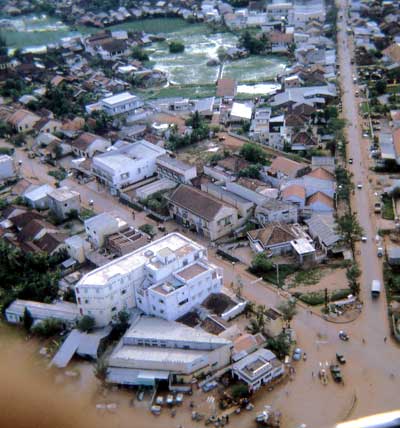 |
|
 |
|
|
|
|
|
|
|
|
|
|
|
|
|
|
|
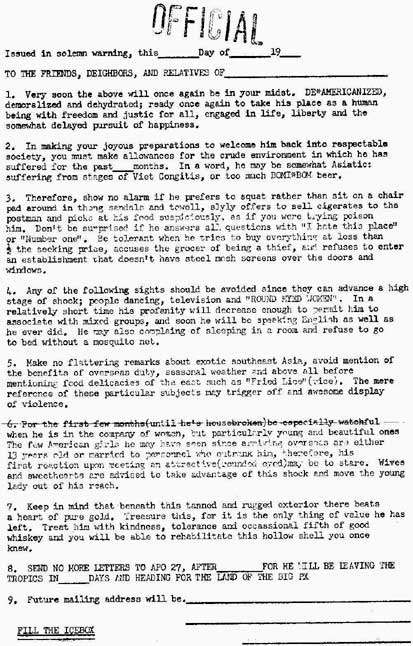
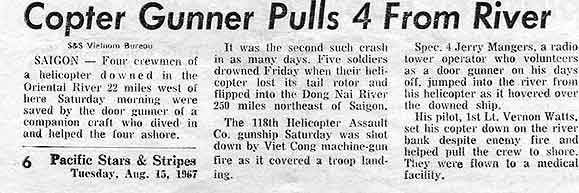

|
"The mission was the same as many other combat assaults(CA's) flown by the 118th during my tour of duty at Bien Hoa from Nov. 66-Nov. 67. We were in an area Northeast of Cu Chi and had made several insertions that morning when this happened." "I was the assistant platoon leader, Bluebird 22 of the 2nd platoon and my assignment for the day was to fly trail position for our normal 10 ship slick formation. We were supported by a 2 ship Fire team of Bandits." "We had just dropped our troops off in a tree-lined LZ and were climbing out in a W. heading and forming up in trail. I don't think I had yet reported to Lead that we were out of the LZ before I observed one our ships dropping out of the formation. Immediately we heard some radio traffic(probably from the aircraft taking fire)and watched the aircraft disappear below the tree line . Almost immediately from overhead,, Major Hayes our XO in the C & C ship, advised that we had a ship down! He instructed Trail (me) to pick up the crew. I rogered the transmission and confirmed that we would land and pick-up the crew. " "We quickly located them in a narrow N-S canal with the Red bird crew floating in what appeared a dazed and shocked condition in the water. The aircraft was completely submerged, so I hovered over the struggling crew members. I looked at and asked my young, skinny door-gunner SP4 Jerry Mangers to help them. He pulled off his helmet and flack jacket and jumped from the aircraft about 10-15 feet into the brown and muddy water!" "SP4 Mangers was a Control Tower operator from the Spartan Heliport Tower at Bien Hoa and was filling in and flying as a door gunner that day! This was not even his normal job." "I hovered over a small tree line(which always lined any river or canal) and landed in a clear area. I told WO Bob ?, my co-pilot, to remain at the controls while the Crew Chief and I ran back to the canal some 20 meters away. When we got there, we helped the crew out of the canal and up the steep bank back to our waiting aircraft. Thankfully, we did not take any fire!" "After we were all back in my aircraft, I called the Bandits and told them we were coming out and what direction. The only member of the almost drowned crew I can remember is WO Ricky Mattern, the AC of the submerged Red Bird aircraft. Unfortunately, Ricky Mattern was later killed when the cargo door came off his aircraft in flight and the entire crew and passengers of the helicopter died." Vernon Watts, LTC (Ret.) Anchorage, AK |
|
Until the arrival of the 173rd Airborne
Brigade and an Aussie battalion at Bien Hoa, in late 1964 and
early 1965, the 118th sent a Huey and crew on week-long assignments
to Phouc Vinh and Tay Ninh. The mission was to support the local
American advisors and their Vietnamese counterparts and troops,
to be on call at any hour day or night. Later in the week, he pulled the same maneuver coming off the Tay Ninh airstrip - a totally safe area. I pushed the cyclic forward to make my point - don't do that again! He must have understood, because he didn't say a word. A day or so later, again leaving the airstrip, he did it again. I was just about to call in our mission to Saigon when, at about 800-900 feet, the engine quit. I recall seeing the rotor rpm drop below 200 and we plummeted as our rate of descent climbed to over 3000 feet per minute - so fast my foot couldn't catch up to the floor microphone button as we fell out of the sky. I assume WO Semon realized that we had so little rotor momentum that a normal flair and landing wouldn't work. As we very rapidly approached the ground, he evidently decided to make a running landing on a cart-way between some hooches. Good choice, except 1) we were going some 60 knots when we touched down, 2) the cart-way was no more than 15-20 feet wide, and 3) on each side of the cart-way was a drainage ditch. Amazing how, in the worst circumstances, time seems to slow down and details become very clear. As we ran out of right pedal, the Huey slid toward the left-hand ditch. In slow motion in my imagination, the left skid was going to drop into the ditch and we would tumble tail over nose. Instead, the best possible thing occurred:: the ditch was just the perfect depth so that when the skid dropped in, it broke off cleanly. The belly skidded along the ground on the other side of the ditch, the right skid dropped into the ditch, and the Huey stopped in a perfectly level position against a post. It was a wild ride, but everyone came out uninjured. However, our egos were tarnished a bit and the local children came out in huge numbers to "gawk" as they always did! |



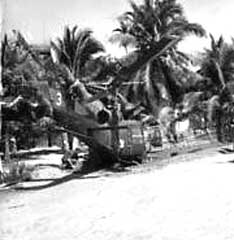 |
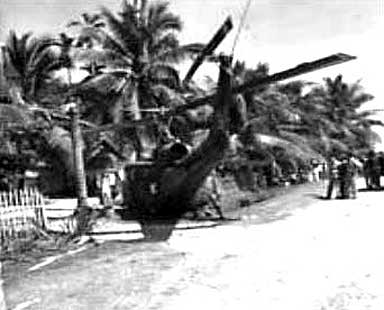 |
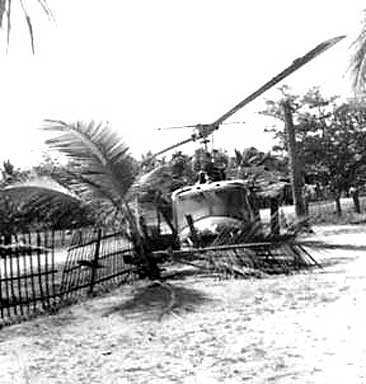 |
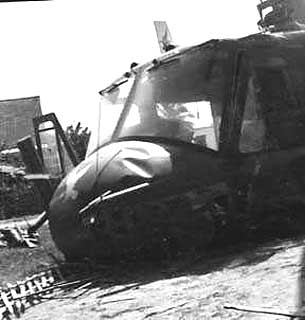 |
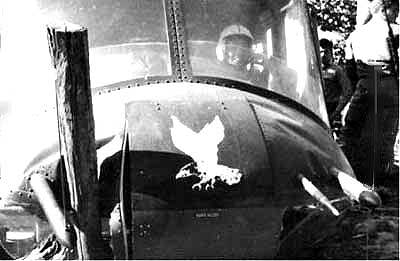 |
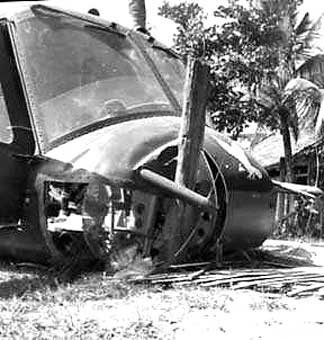 |
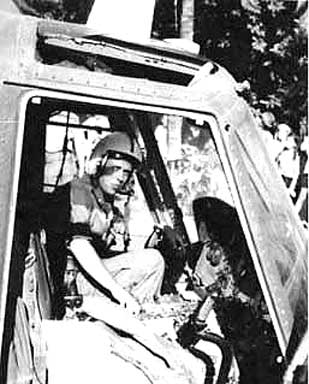 |
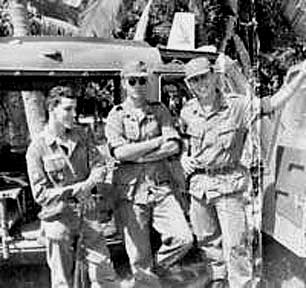 |
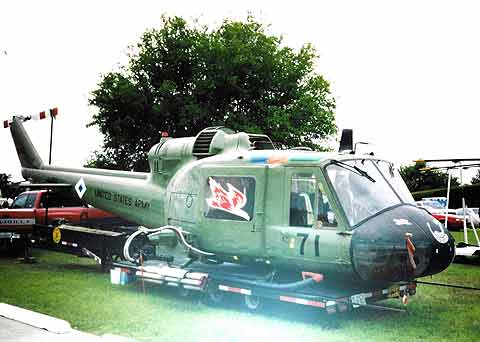
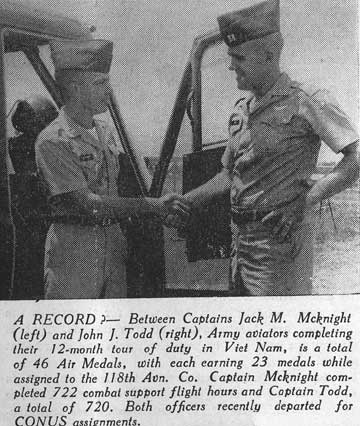
|
|
|
|
|
|
James Harvey(62-63)--260 in H-21s Leo Morawski(62-63)--300 in H-21s | |
|
|
Jack McKnight(63-64)--722 John "Jack" Todd(63-64)--720 Alan Laya(63-64)--800 | |
|
|
Donald Parrish(64-65)--1,000 Frank Zipperer(64-65)--1,050 Jack Clark(64-65)--1,076 Jerry McKelvey(64-65)--1,150 | |
|
|
||
|
|
Reed Kimzey(66-67)--1,500 Bob Hoffman(66-67)--1,315 Tom Payne(66-67)--1,246 | |
|
|
Bill Moline(67-68)--1,200 | |
|
|
John R. Wrinkle(68-69)--1,300+ |
|
|
|
Dale J. Moore(Dec 68--June 70 or 18 mos)--2,010 Lawrence B. Smith(69-70)--1,210 Glenn Clark(July 69--Dec 70 or 18 mos)--1,914 Tom "Tailspin" Morley Jr (Jan 70--Dec70)--1294+ Jim Olafson(Opns Off & C&C(Apr 69-Apr 70)--820 Dennis"WTF-Over" Gulich(70-71)--1187 | |
|
|
|

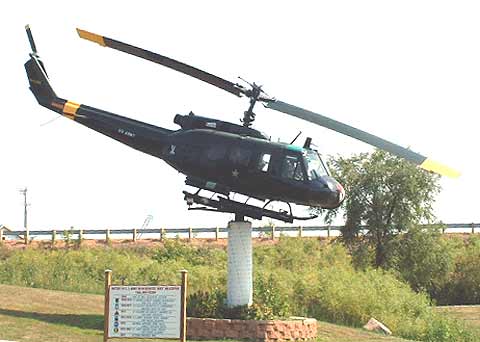
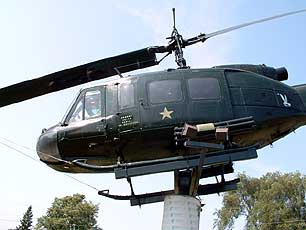
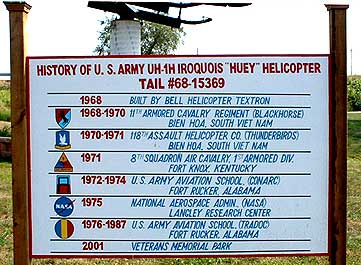
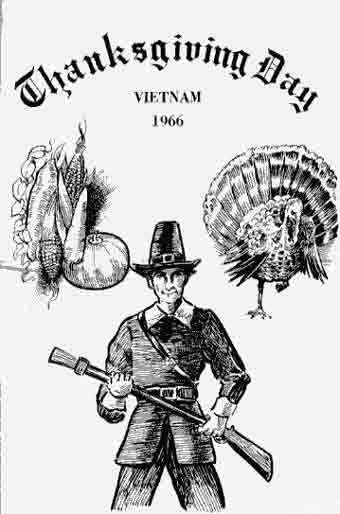

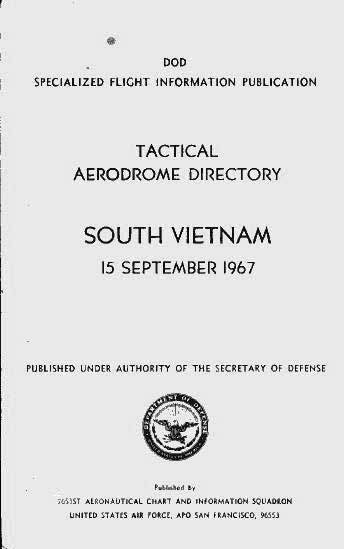
--67.jpg)
--67.jpg)
